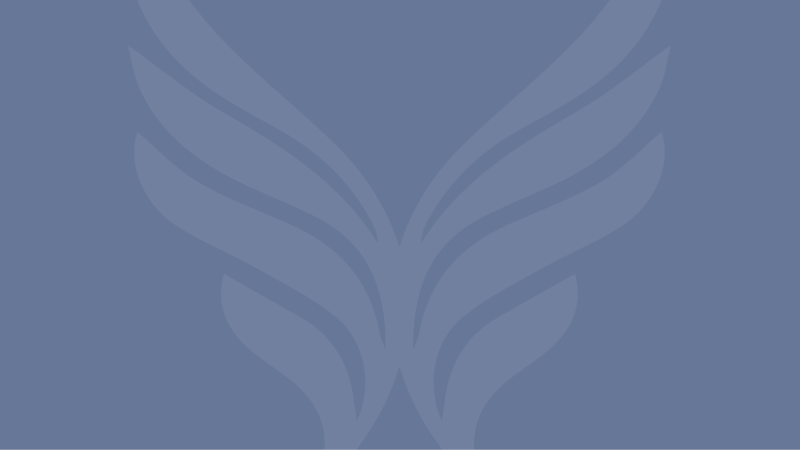The gift of pure rest
Please give yourself the gift of rest from trying so hard to ‘change,’ ‘heal,’ ‘transform,’ and ‘awaken.’ It can be so exhausting to chronically abandon the here and now in the name of great project of the improvement of ‘me.’ Take some time on this new day to set aside the frenetic scramble to be other than what you are.
Love yourself enough to set aside your questions and demand for understanding, even for a moment, and sink into your sacred body and senses, connect with the natural world, and with the aliveness within. Open your heart to the shimmering forms around you, blooming in front of your very own eyes and inviting you into union with natural radiant presence. Dare to consider that nothing is missing and nothing has gone wrong.
Allow today to be a day of solace from the weary journey, from finding ‘answers’ to questions, and from changing yourself from one thing into another. Whatever state of consciousness is arising now is the perfect place to start—to meet yourself, others, and the sacred world as if for the first time. You need not go anywhere else or become anyone else to know this. For love is forming as your body and your senses and your experience right here and right now.




